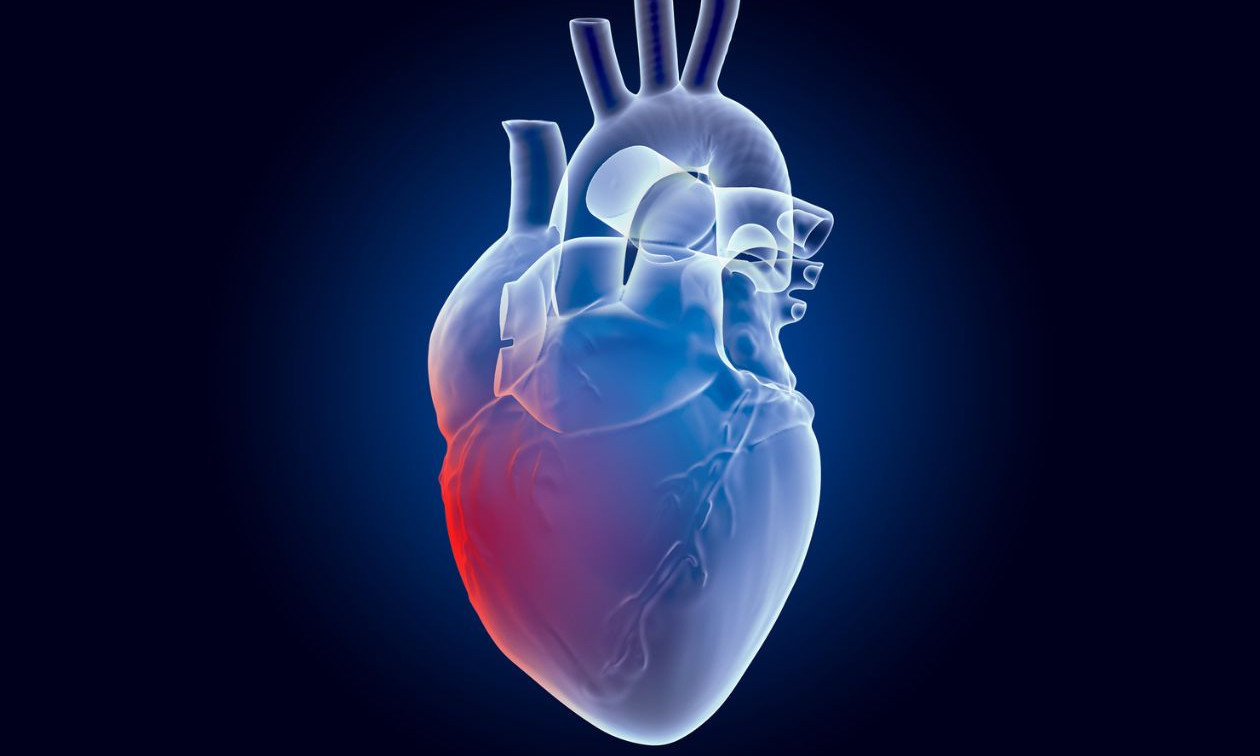A world first: "prime editing" reverses effects of rare illness


This spring at CHU Sainte-Justine, an 18-year-old patient with a rare disease called chronic granulomatous disease (CGD) became the first person ever to receive next-generation gene therapy known as “prime editing.” Doctors say the groundbreaking treatment has the potential to transform the management of rare genetic diseases.
Developed by a U.S.-based company, the innovative technology enabled the direct correction of a genetic mutation in the patient’s hematopoietic stem cells. This mutation is responsible for CGD, a condition that weakens the immune system and leaves patients vulnerable to potentially life-threatening bacterial and fungal infections, as well as difficult-to-treat inflammatory diseases.
Announced Monday, the treatment was part of an international clinical trial in which CHU Sainte-Justine participated under the leadership of Dr. Élie Haddad, a pediatric immunologist and professor at Université de Montréal. He carried out his work with colleagues at his hospital and its Azrieli Research Centre, as well as at the Centre de cancérologie Charles-Bruneau.
Correcting the mutation at its source
Unlike traditional approaches that insert a functional gene to compensate for a defective one, prime editing works at the source: it literally corrects the mutation in stem cells to replace a faulty immune system with a corrected, functional one.
At CHU Sainte-Justine, the patient’s hematopoietic stem cells were collected and selected, then sent to the U.S. for gene editing in a laboratory. The cells were then reinfused into the patient following preparatory chemotherapy.
“This final phase of the treatment was carried out just a few weeks ago, and already, more than half of the patient’s white blood cells are corrected," Haddad said. "He is now back home and doing well. We are very optimistic.”
“The implications of this clinical trial are significant,” the immunologist continued.
“For people living with CGD, it represents the hope of a fast, safe, and curative treatment. But beyond that, this revolutionary therapy could transform the treatment of many rare genetic disorders and is a perfect example of precision medicine. A therapeutic revolution is underway.”
No new patients
The U.S. company behind the technology called on the most renowned research centres in the United States and Canada to conduct the trial, ultimately choosing CHU Sainte-Justine. Unfortunately, despite the success, financial constraints forced the suspension of the trial.
As a result, no additional patients will be able to access the treatment for now.
Nevertheless, with this world first, CHU Sainte-Justine reaffirms its leadership in the treatment of rare diseases and in precision health — and proves the importance of continuing investment in cutting-edge academic research.
“Our clinical research teams are world-class,” said Haddad, proud of offering new hope to individuals living with rare diseases.



